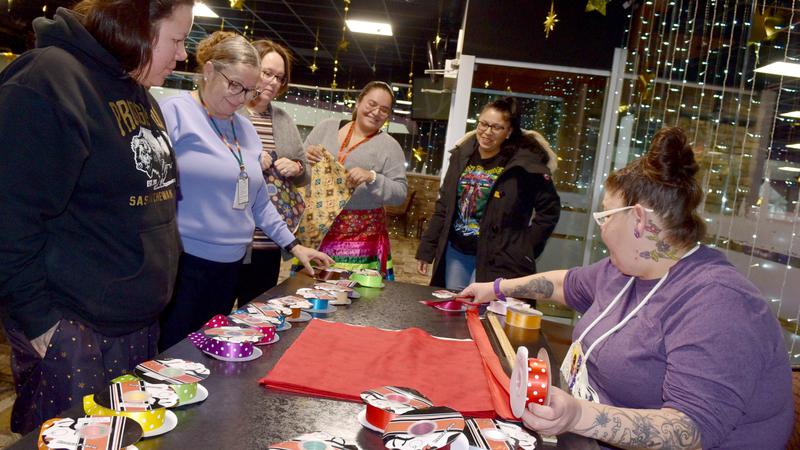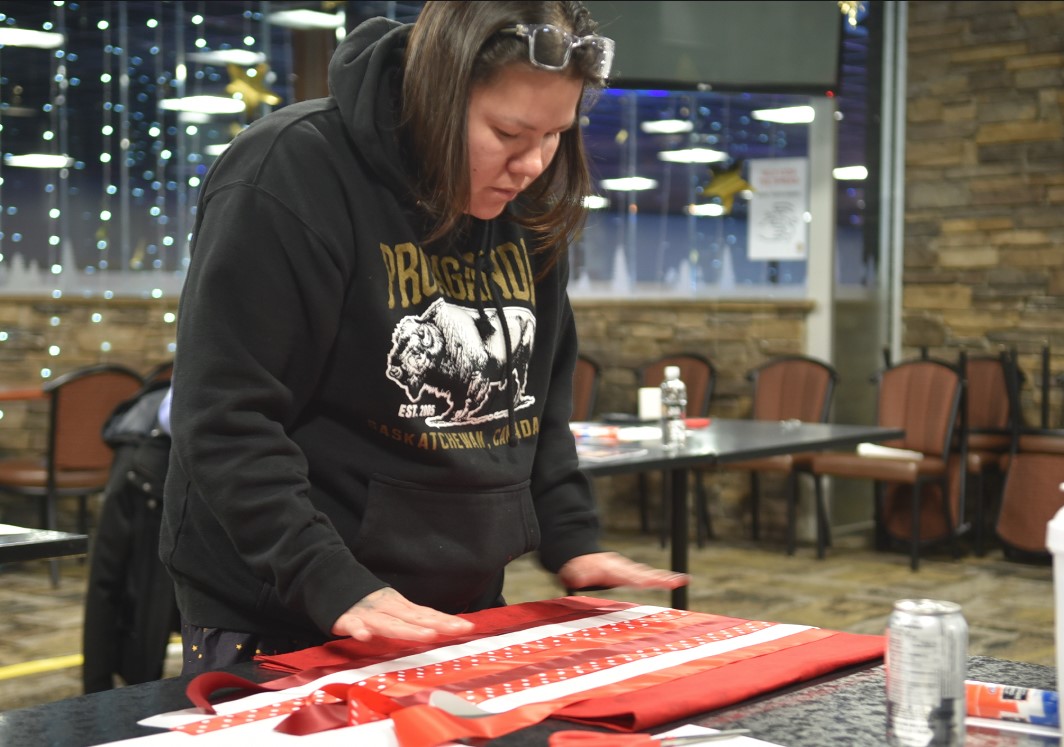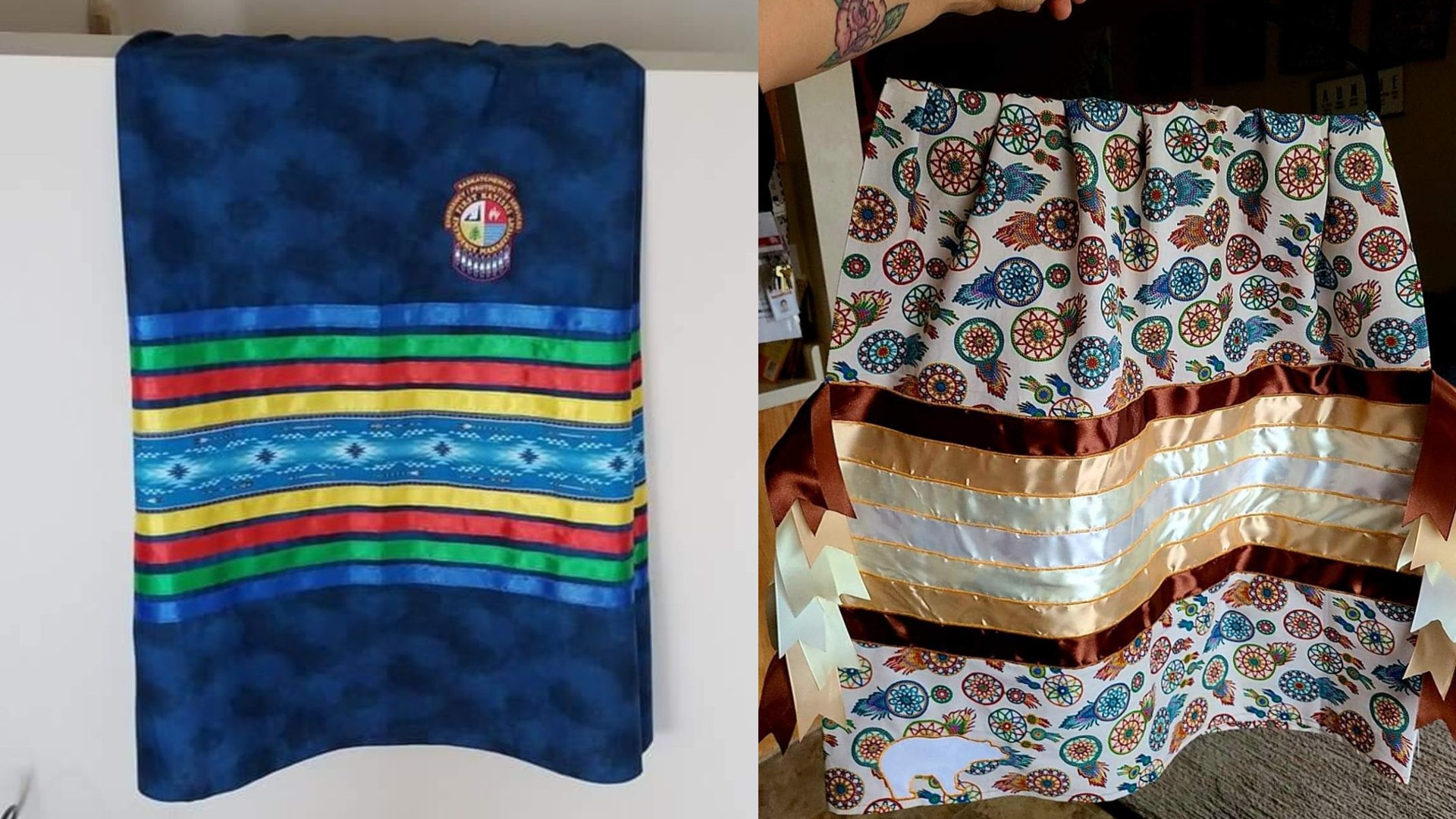
Sask. women say ribbon skirt represents strength and positivity
Sara Carrier-Burns, a member of James Smith Cree Nation, has very personal reasons to wear a ribbon skirt so she dons one of the many she makes herself regularly and teaches others to make them as well.
Years ago, she was mourning the loss of her sister and found herself on the second day of the wake considering self-medicating with alcohol after years of sobriety.
“I was feeling very lost and overwhelmed and confused and I had intentions of going to self-medicate after the wake,” she said to paNOW on January 4, now known as National Ribbon Skirt Day.
Carrier-Burns had been sober for several years before her sister died and would wear the symbol of Indigenous women’s strength and empowerment on certain occasions like wakes or funerals.






